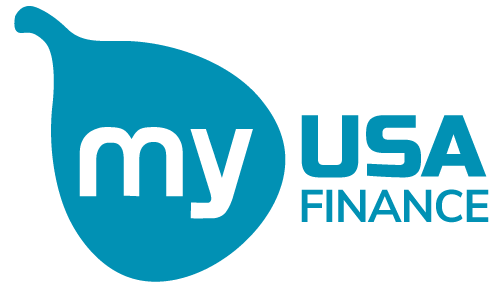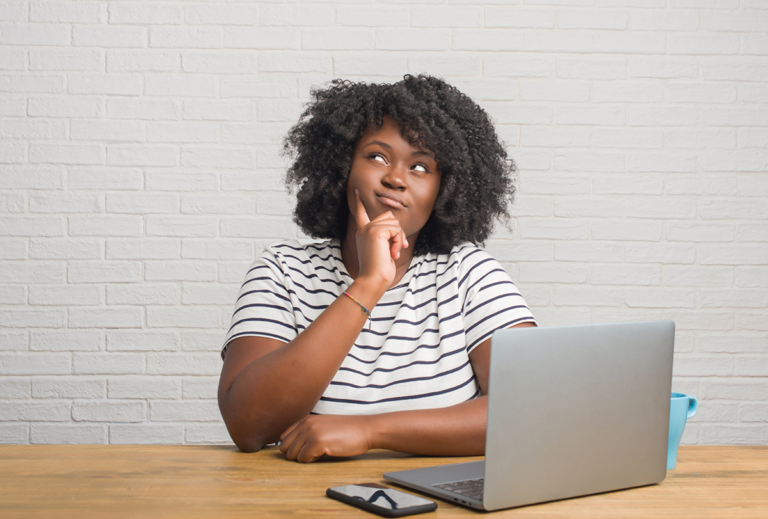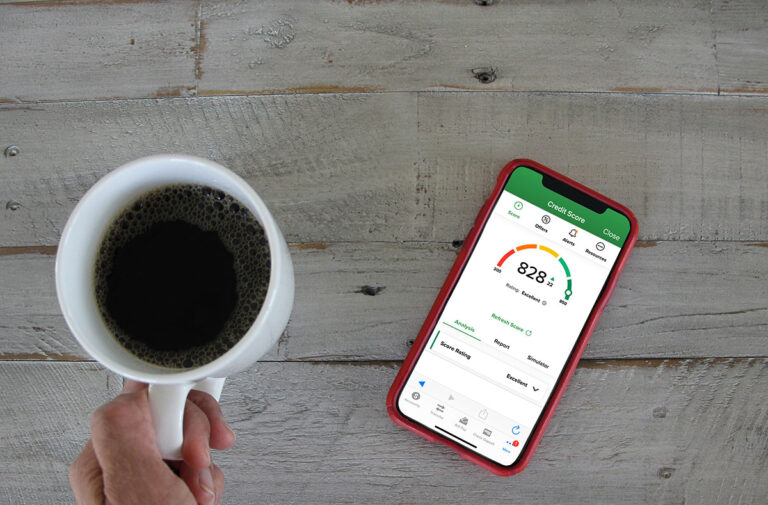An unsecured loan is any type of loan that does not require the borrower to provide collateral, like a car or home.
You can use unsecured loans for things like debt consolidation, home renovations, or big purchases. Since there’s no collateral, unsecured loans usually have higher interest rates than loans that need collateral, but they are a good option for many people.
When thinking about getting an unsecured loan, it’s important to compare different offers from lenders. This way, you can find the best interest rates and terms that work for your budget. If used carefully, an unsecured loan can help you manage and improve your finances.
Looking For A Persona Loan?
Explore your options today!
How Do Unsecured Loans Work?
Getting an unsecured loan is easy. Here’s how it typically works:
- Apply: First, you fill out a short form with your personal and financial details, like proof of income.
- Approval: If you’re approved, the loan will be sent to your account in a few days.
- Repayment: You will then make monthly payments that fit your budget.
If you don’t repay your loan on time, it can hurt your credit score and lead to late fees. Always make sure you understand the loan terms before agreeing to it.
Read More: How Do Personal Loans Work?
Advantages of Unsecured Loans
Unsecured loans have several good points that make them attractive:
- No Collateral Needed: You don’t need to risk your property (like a house or car).
- Faster Approval: Without collateral, it’s quicker to get approved and get your money.
- Good for Smaller Loans: If you need a smaller amount, like $5,000 personal loan for home repairs or debt consolidation, an unsecured loan is a good choice.
Disadvantages of Unsecured Loans
Unsecured loans have several good points that make them attractive:
- Higher Interest Rates: Since there’s no collateral, lenders often charge higher interest rates.
- Smaller Loan Amounts: Since the loan isn’t backed by collateral, you might not get as much money as with secured loans.
Unsecured Loans vs. Secured Loans
Here’s the difference between unsecured loans and secured loans:
Secured Loans: You need to offer collateral (like your house or car) for these loans. If you don’t repay, the lender can take the collateral.
Unsecured Loans: You don’t need collateral. However, the lender might charge higher interest rates, and if you don’t repay, they can still take legal action and hurt your credit.
Types of Unsecured Loans
There are several types of unsecured loans, each designed for different financial needs. Some of the most common options are personal loans, student loans, and credit cards. Here’s a breakdown of each:
Personal Loans
A personal loan allows you to borrow money for almost any reason—whether it’s covering unexpected expenses, consolidating debt, or funding home improvements.
Unlike credit cards, personal loans typically offer lower interest rates, making them a more cost-effective option for borrowing larger sums. Loan amounts usually range from $1,000 to $50,000, with an average interest rate of 20.98%.
Best For: Borrowers with good credit who have a clear understanding of how much they need.
Student Loans
Student loans are designed to help cover higher education costs. They come in two main types: federal student loans and private student loans.
Federal loans generally offer lower interest rates and additional benefits, such as income-driven repayment plans and deferment options. Private loans, on the other hand, may have higher interest rates but can fill funding gaps when federal loans aren’t enough. Repayment terms range from 5 to 20 years, depending on the borrower.
Best For: Students who need extra funds after using financial aid.
Credit Card
Credit cards are a popular form of unsecured loan that provide a revolving line of credit. You can borrow, repay, and borrow again as long as you stay within your credit limit.
They’re often used for everyday purchases, debt consolidation, or larger expenses. However, credit cards typically come with high-interest rates, and carrying a balance can lead to expensive debt. Credit card limits usually range from $500 to $10,000.
The average interest rate is 22.60% for new offers and 21.47% for existing accounts, according to WalletHub’s Credit Card Landscape Report.
Best For: Individuals with healthy spending habits who need a flexible line of credit.
Read More: Should I Get A Credit Card?
Where Can I Get an Unsecured Loan?
You can get an unsecured personal loan from online lenders, credit unions, or banks. These lenders will assess your ability to repay the loan and report your payments to the three major credit bureaus.
Online Lenders
Online lenders are a fast and convenient option. You can apply for a loan, check your terms, and get a decision—often within minutes. Some even offer same-day funding, so you can get money in your bank account quickly without impacting your credit score.
Banks
If you have an existing relationship with a bank, it’s worth considering them for your unsecured loan. Banks may offer larger loan amounts and better rates for loyal customers in good standing. However, they usually have stricter credit score requirements.
Credit Unions
Credit unions are nonprofit organizations that often offer lower rates, especially for borrowers with fair or poor credit. To apply, you’ll need to become a member, which typically involves living or working in the credit union’s service area or joining a group it serves. Membership often requires a small, one-time fee.

Looking for a Personal Loan?
Explore your options today!
How Do I Qualify for an Unsecured Loan?
Lenders look at several factors to decide if you qualify for an unsecured loan and what rate you’ll get. Be ready to provide certain information, as your answers will help determine your loan terms.
Credit: For many lenders, your credit score is a key factor in loan decisions. They review your credit reports to see how you’ve managed credit and loans.
A higher score can lead to better rates and larger loan amounts, while a lower score may result in higher rates.
Read More: What Credit Score Do You Need For a Personal Loan?
Debt-to-income ratio: Lenders assess your debt-to-income (DTI) ratio, which compares your monthly debt payments to your monthly income, to determine how much debt you already carry.
Generally, most lenders prefer applicants with a DTI under 50%.
Bank Account: Some lenders may review your bank account to ensure you can afford the loan payments. This helps them assess how the monthly payments will fit into your budget.
How Do I Apply for an Unsecured Loan?
- Determine Your Loan Amount
Borrow only what you truly need, even if the lender approves you for a higher amount. - Research Lenders
Explore your options by checking out national and local banks, credit unions, and online lenders to find the best unsecured loan offers. - Submit Your Application
After reviewing offers and choosing your preferred lender, complete the loan application, which can typically be done online or in person. - Provide Necessary Documentation
If the lender requests additional paperwork, provide it promptly. This might be necessary if your credit history isn’t strong. - Accept the Loan Funds
Once approved, the lender will explain how you’ll receive the funds. For installment loans, you’ll get a lump sum, while revolving loans, like credit cards, will give you access to a credit line to use as needed.
Conclusion: What Is an Unsecured Loan?
Unsecured loans offer a flexible and accessible way to borrow money without needing collateral, making them a great option for many borrowers.
Whether you’re consolidating debt, covering expenses, or making a big purchase, understanding unsecured loans and comparing offers is important.
By factoring in interest rates, loan terms, and your finances, you can choose the best option. Borrow responsibly, and with proper planning, an unsecured loan can help improve your financial situation.
Ready to Take Control of Your Finances?
At My USA Finance, we simplify finding the right unsecured loan for you. Explore your options, compare loan offers, and start your journey to financial freedom today. Apply Now!











